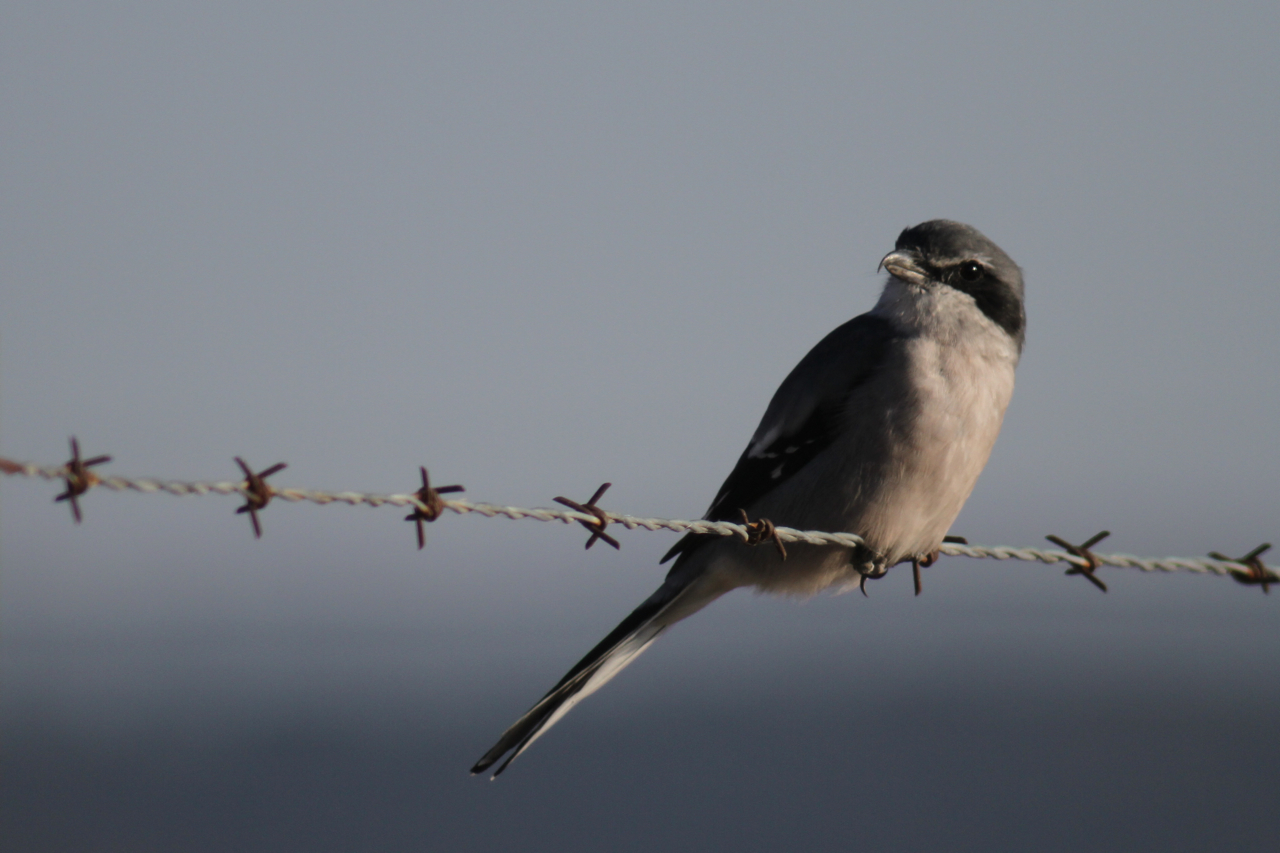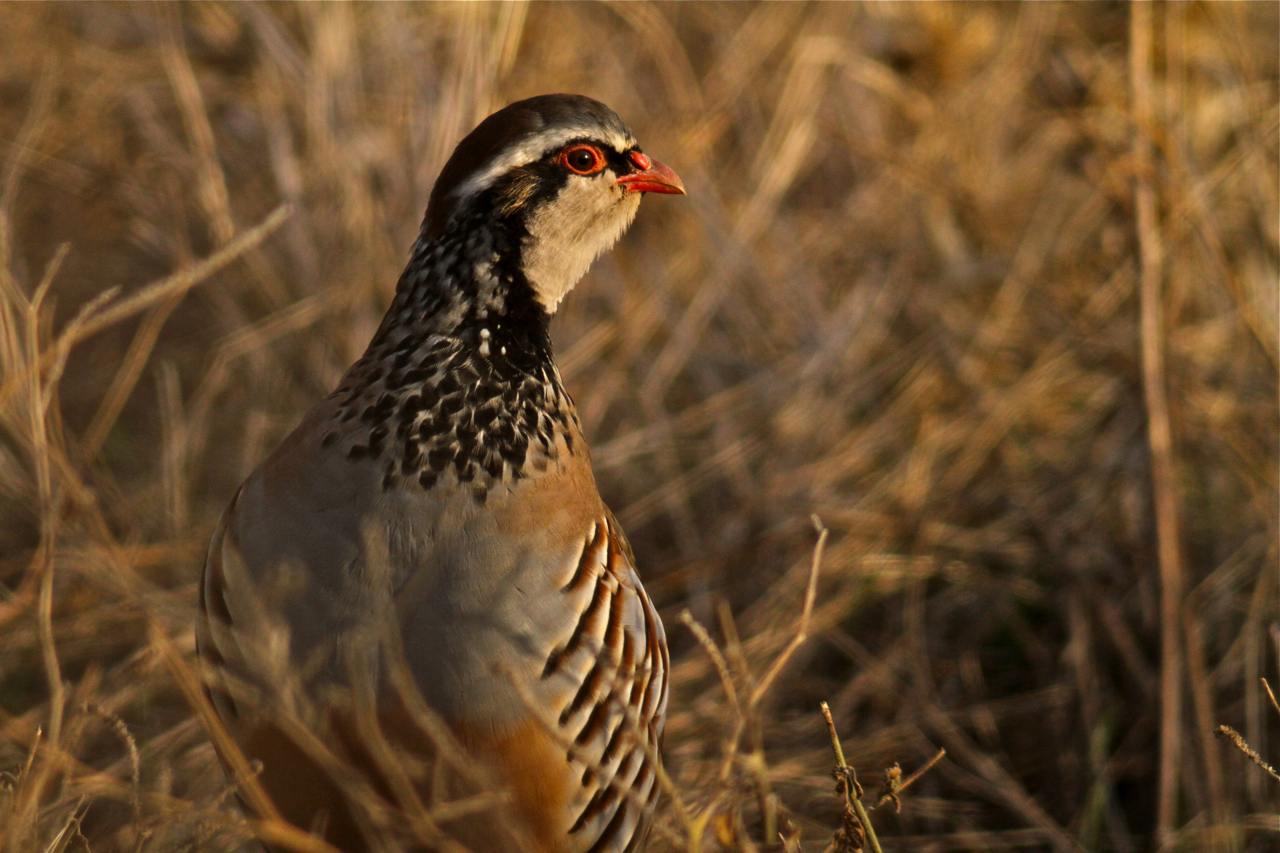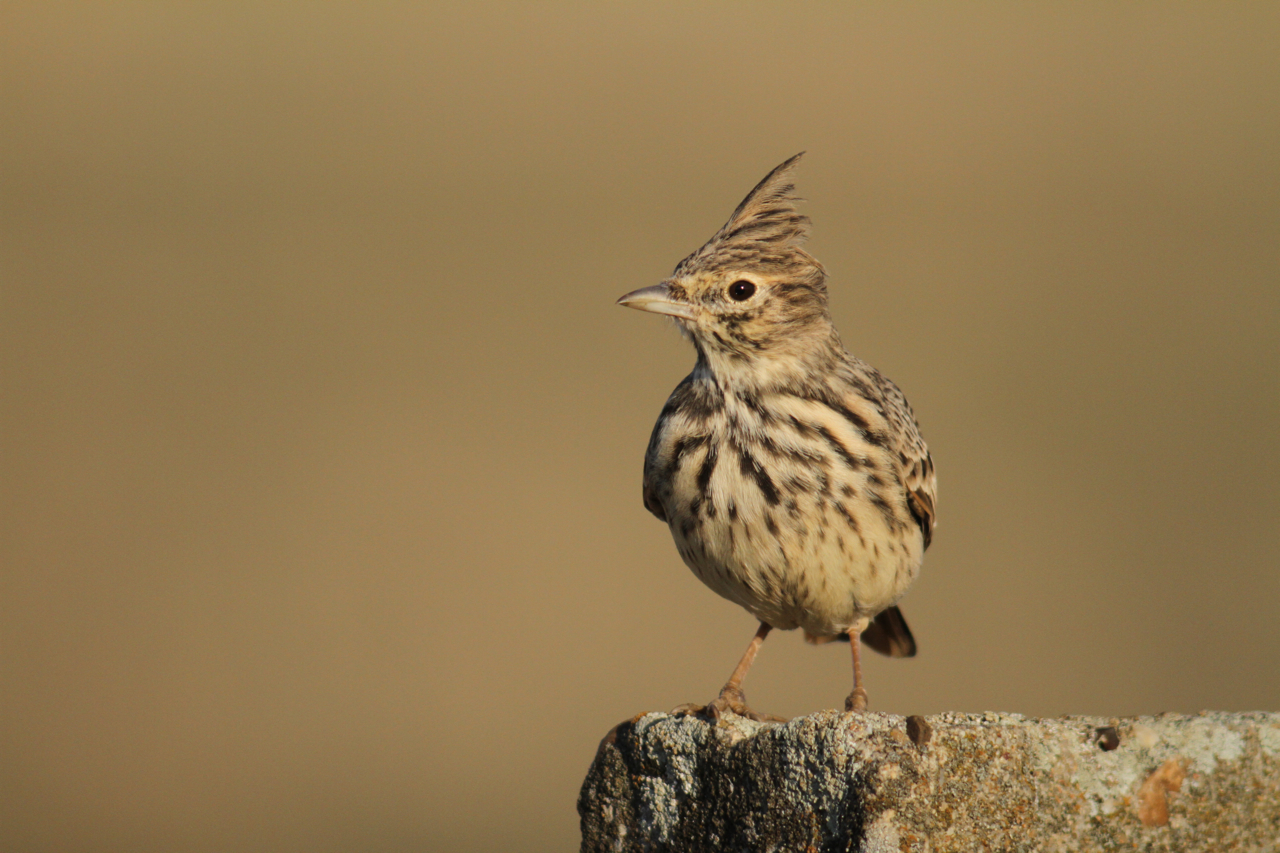Spanish Steppe Birds, crazy awesome digiscoping
What a lot of fun! Being great big open habitats, steppes can often be very difficult habitats to photograph birds in, and the Extremaduran steppes of western Spain are no exception. Great big wide open spaces (with the forest having been cleared by the Romans to build cities) mean that there is little place for photographers to hide. Which is where a car comes in really really handy. In the early mornings and evenings, we would drive out on the roads that snake through the steppes and oak dehesas (savannas), looking for digiscoping opportunities alongside the road. When we saw something, we slowly cruised up and fired off a few quick shots while resting the telescope on the window sill.
This Red-legged Partridge (Alectoris rufa) sat just a few meters from the road and made for some of my favourite photos of the week – he proudly sat in the warming dawn light, puffed himself up and called out to the world.
The large numbers of Stonechats in the Belen steppes (east of Trujillo) really made for a whole lot of fun playing with colours.

A Stonechat using a fence post as a hunting station. Digiscoped. See my post specifically on Stonechats for more similar photos. (c) Dale Forbes / Swarovski Optik
The steppes are real lark habitats. Extremadura alone offers a great number and variety: Thekla Lark, Woodlark, Skylark, Crested Lark, Calandra Lark, Short-toed Lark… During our time in Extremadura, I ended up photographing mainly Thekla Lark (Galerida theklae). Notice the characteristic heavy breast streaking, slightly up-curved and rather stubby lower mandible. Not sure if that eye-ring and supercillium are showing just as well as they could, though.
Another LBJ (little brown job) typical of the Spanish steppes is the Corn Bunting (Emberiza calandra), here looking wonderfully vibrant in the evening light with some great bokeh. Notice that great big strong bill for cracking seeds.
The Iberian Grey Shrike (Lanius meridionalis) was fairly common in the steppes and was always nice to see.

Iberian Grey Shrike looking for prey (and singing, but you can't hear the singing on the photo). Digiscoped (c) Dale Forbes / Swarovski Optik
The Red Kite (Milvus milvus) was surprisingly common everywhere on the steppes and in the oak dehesas. Evidently large numbers of Red Kites from the Central European population move in to Spain for the winter, making it the most abundant raptor in the Extremaduran winter.
All photographs were digiscoped from the car with a Swarovski STM80 HD spotting scope, TLS800 digiscoping adapter and a Canon 7D DSLR.
Happy birding,
Dale Forbes




